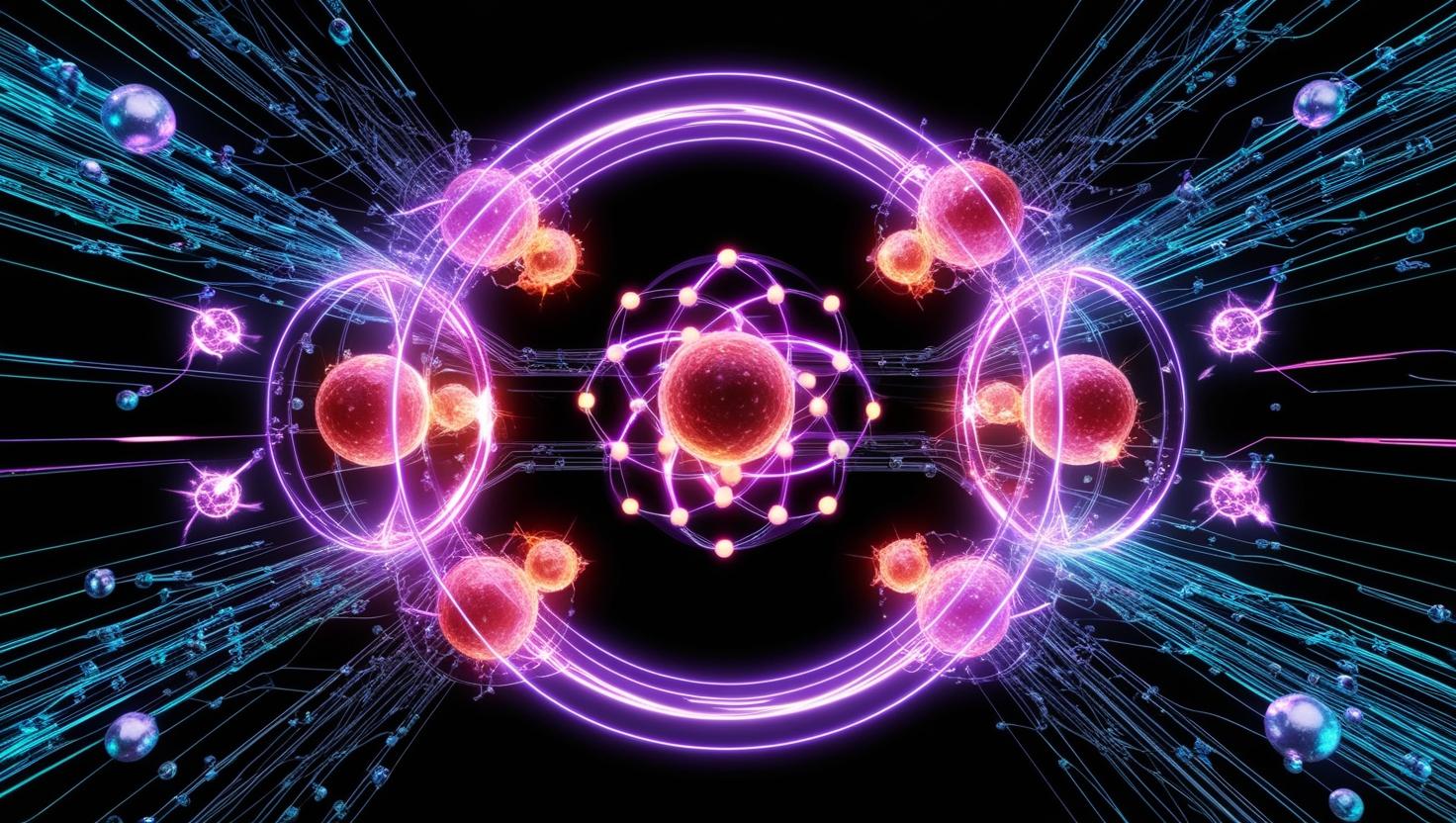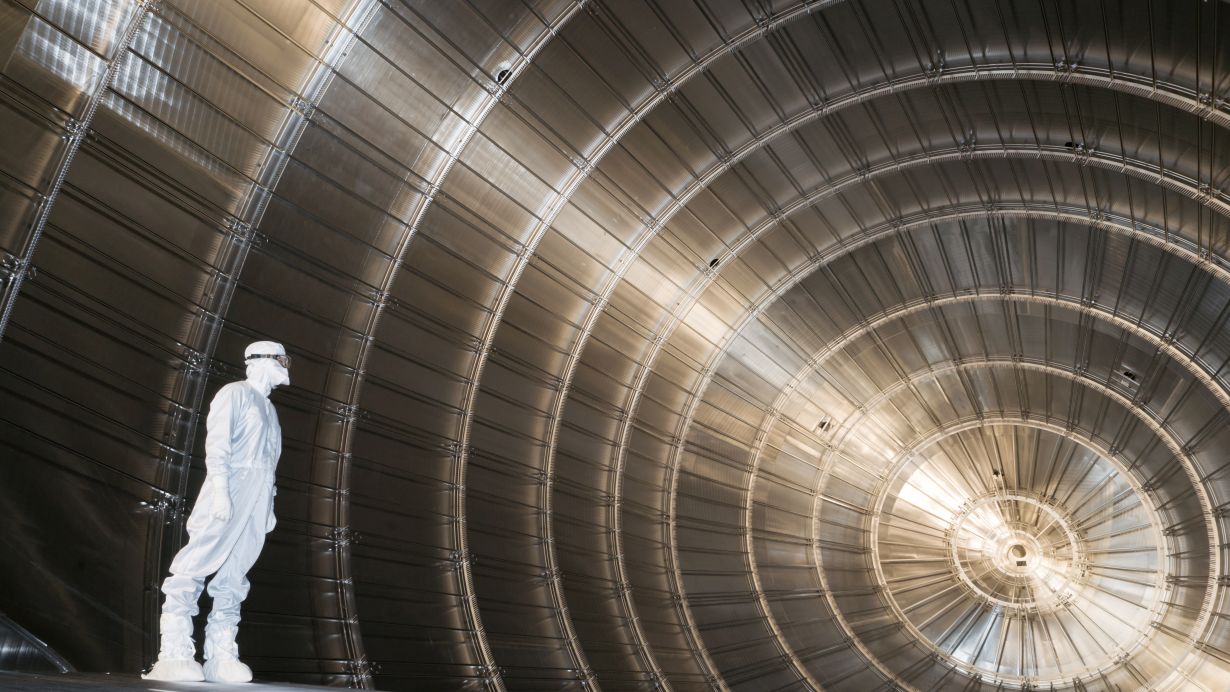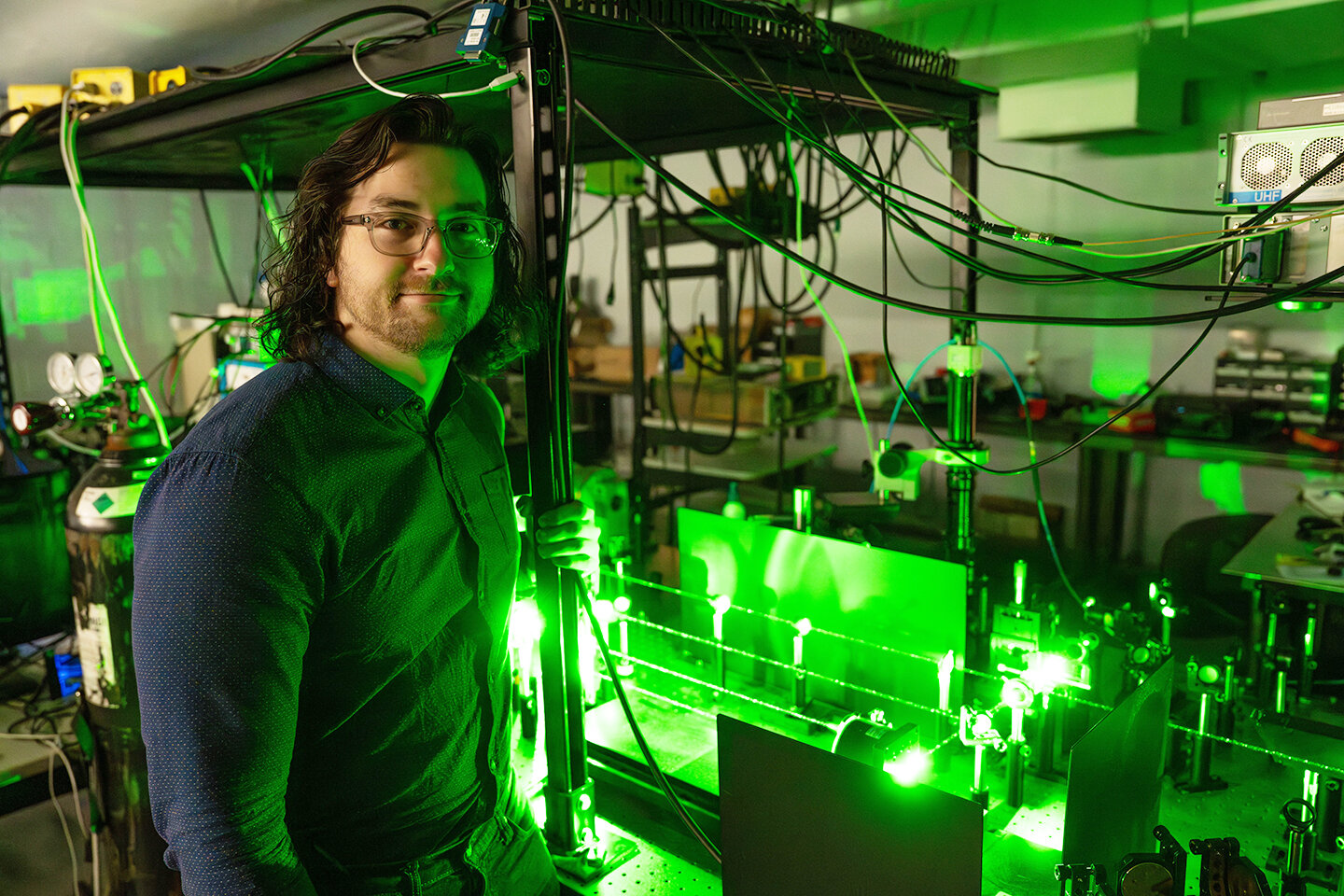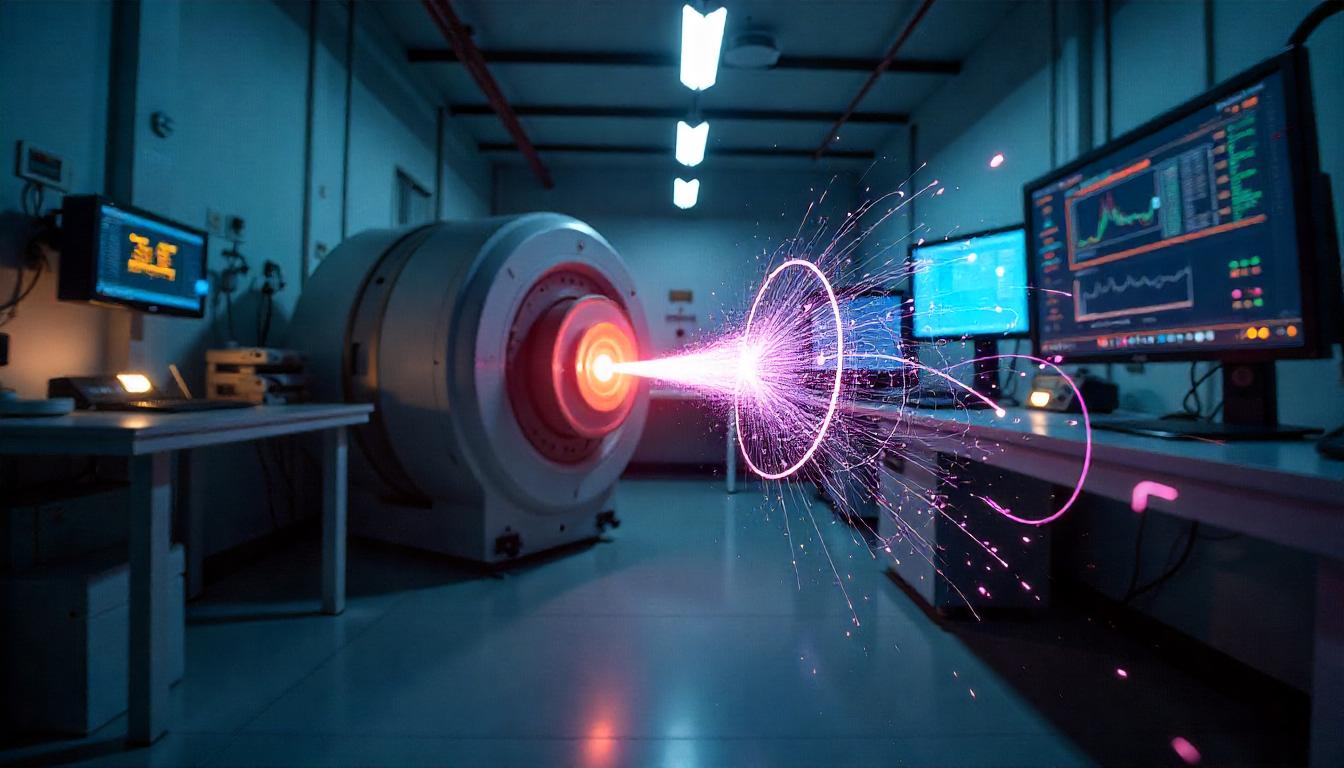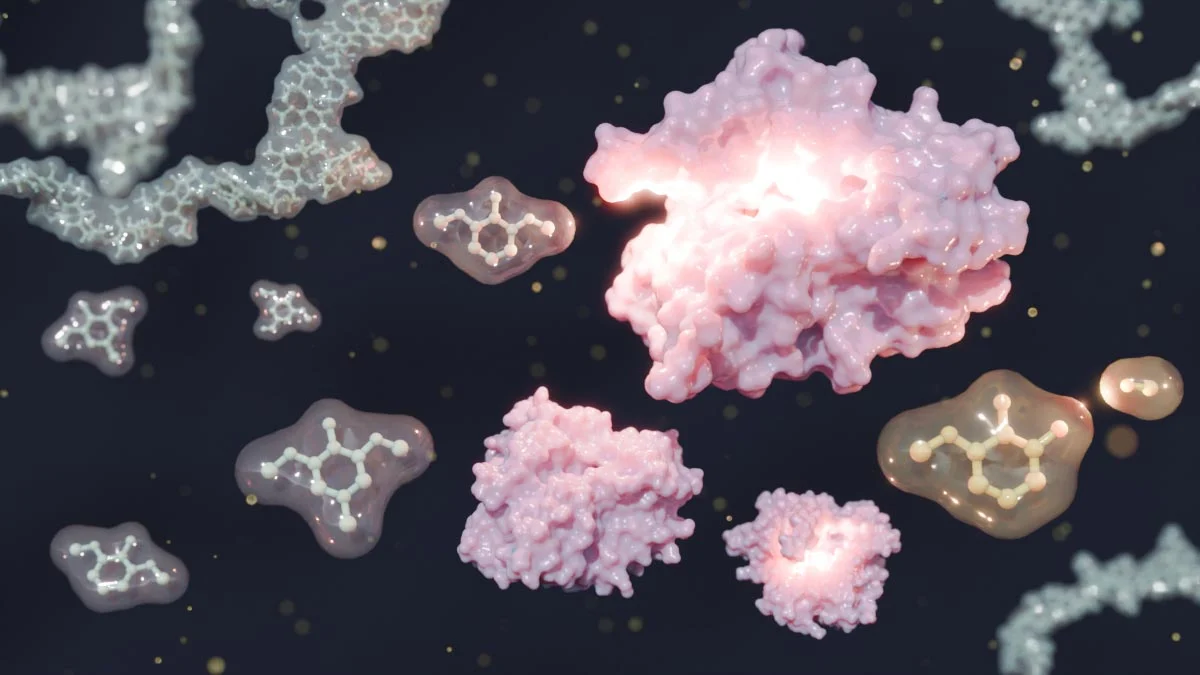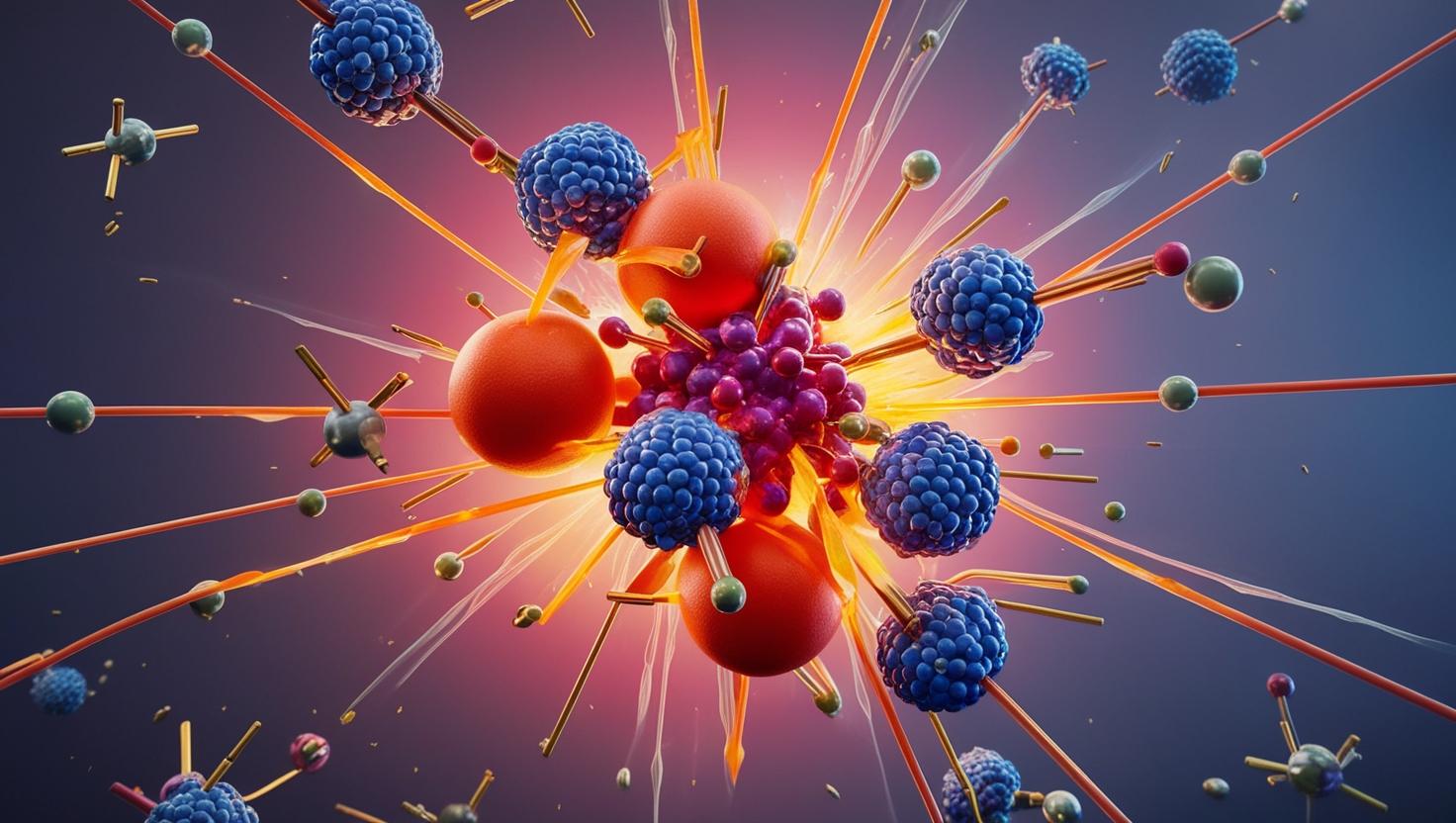The Quest to Weigh the Invisible
Imagine a particle so small and elusive that it can pass through light-years of lead without leaving a mark. This is the neutrino. These tiny particles fill the universe but are very hard to detect. Even though they are everywhere, measuring their mass has been a big challenge. Recently, scientists at the University of Jyväskylä in Finland found a new way to measure the mass of one type of neutrino—the electron antineutrino. This could help us understand many mysteries about the universe.
The Mystery of Neutrino Mass
Neutrinos are basic building blocks of matter, part of what scientists call the Standard Model of particle physics. They are created in huge numbers by events like the sun’s fusion or exploding stars. Every second, trillions of neutrinos pass through your body without you noticing. Their mass is incredibly small, and we still don’t know exactly how much they weigh. Knowing this is important because it affects how the universe evolved and how forces in nature work.
A Silver Lining: Why Silver-110 Matters
The new discovery involves silver-110, an isotope that goes through a rare process called beta decay. This decay happens with very low energy, which makes silver-110 perfect for precise measurements. The research team, led by doctoral student Jouni Ruotsalainen, used a special instrument called the JYFLTRAP Penning trap mass spectrometer. They measured the tiny mass differences between silver-109 and cadmium-110 isotopes. This helped reduce errors in understanding the energy released in silver-110 decay.
An Unexpected Discovery
Surprisingly, the team found that the energy released by silver-110 decay is just enough to make the process possible. This means the decay can happen in a way that allows scientists to measure the electron antineutrino’s mass very precisely. Professor Anu Kankainen, a senior researcher, explained that knowing neutrino mass is key to learning more about how the universe works.
Why This Matters for Physics
This new method could change particle physics. It might help solve puzzles in the Standard Model, and it could give clues about dark matter and why there is more matter than antimatter in the universe. As the technique improves, it could lead to discoveries beyond what we know today.
Looking Ahead: Understanding the Universe
The work done at the University of Jyväskylä is a big step forward. Using silver-110 decay to measure neutrino mass opens exciting new research paths. This brings us closer to solving the secrets of the cosmos and understanding the tiniest pieces of our reality.
What other surprising sources might help us unlock the universe’s secrets? Stay curious as science explores more ways to measure these mysterious particles.
Reference: “Ultralow Qβ Value for the Allowed Decay of Ag110m Confirmed via Mass Measurements” by J. Ruotsalainen, M. Stryjczyk, M. Ramalho, T. Eronen, Z. Ge, A. Kankainen, M. Mougeot and J. Suhonen, 28 April 2025.
DOI: 10.1103/PhysRevLett.134.172501
Daily science news 2025, Best science blogs, New science research 2025, Popular science articles, Latest science news 2025


